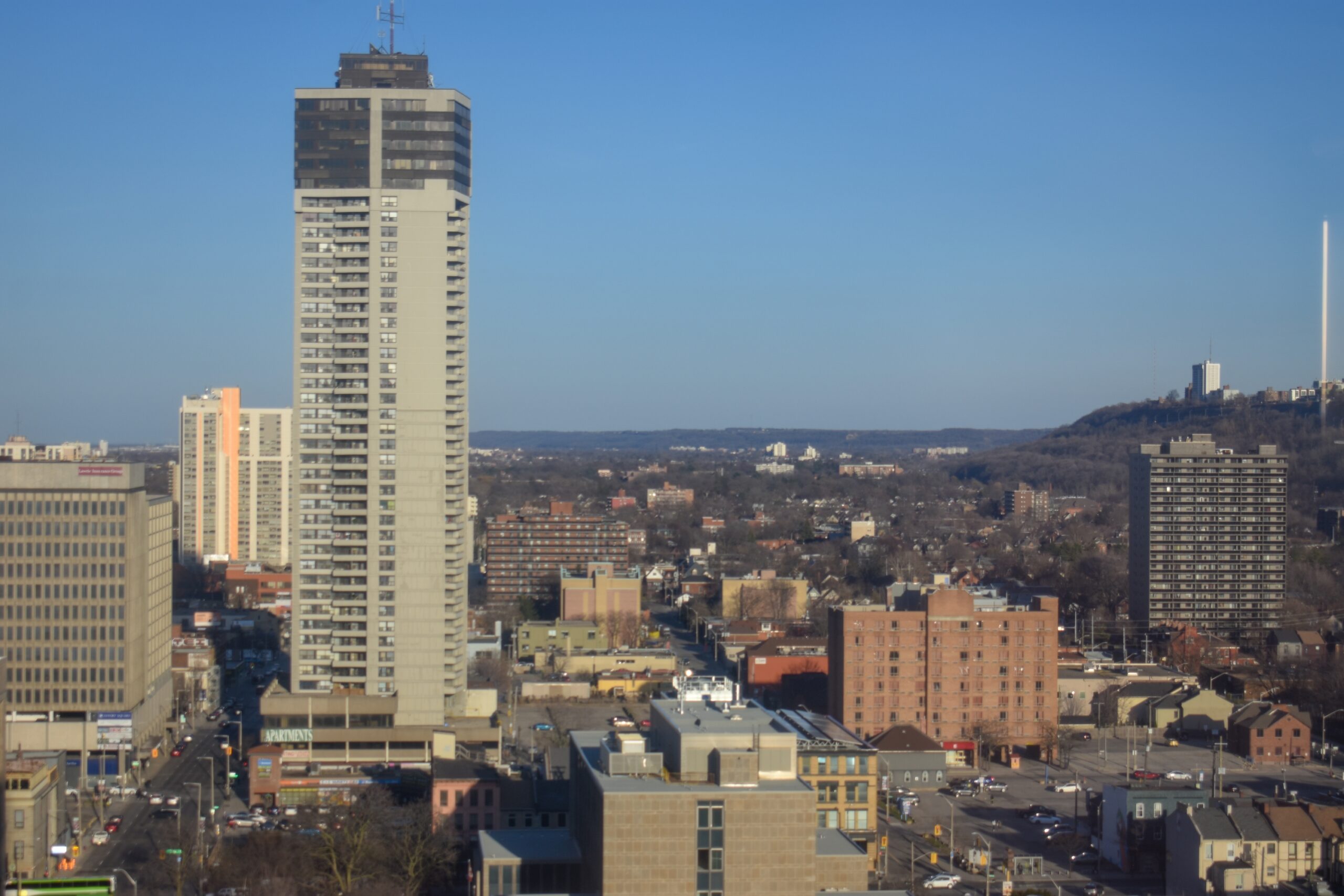The Hamilton Chamber of Commerce, which counts both developers and environmentalists among its membership, says the City of Hamilton’s Comprehensive Review of the urban boundary must included a clear plan for growing Hamilton’s urban area to the Greenbelt boundary – and no further.
The Chamber writes “Unfortunately, the City has in the past not proceeded to implement a long-term strategy and many of the pitfalls that were identified in the past have been experienced. There is no overall comprehensive plan for development in the city for the Whitebelt area.”
The Whitebelt is the term used for lands between the existing urban boundary and the Greenbelt. The Upper Stoney Creek / Glanbrook area of Elfrida is part of the Whitebelt with land assembled by developers with the expectation the lands will become part of an expanded urban boundary.
“The Province has established a clear and long-term boundary for urban growth through the establishment of the Greenbelt Plan. In doing so, this plan provides certainty and clear expectations for both developers and the farming community that these lands are intended to remain as agricultural lands for a period well beyond 20-30 years”, the unsigned letter reads.
“The Chamber has always supported the Greenbelt Plan and believes it is an effective defining limit of urban growth.”
Elfrida Expansion
Water and sewer trunks for the development of Elfrida are already built. The Chamber argues the City is losing economic activity by a lagging planning process.
“The City has seen a mismatch in terms of infrastructure and planning implementation in areas such as Elfrida where major trunk services have been provided. However, due to a lag in the planning process, the construction of homes for this new community is still a number of years away and that infrastructure has not been used.
In the case of Elfrida, the planning has led to a postponement of income from development charges and taxes to pay for those services well after the financial investment in the services has been made.”
Airport Lands
The Chamber writes the City’s is falling short in planning for the Airport Employment Growth District. They state the City is not providing the necessary servicing and not expanding the urban boundary in the area to include lands as far west as Fiddlers Green Road in Ancaster.
“The city has continued to lose investment opportunities to other communities as the half-approved business park remains underdeveloped because of lack of services.”
The medium-term plan for the area surrounding the airport is a series of potential phased expansions. The Chamber says this represents “piecemeal” planning and is creating costly duplication of process.
Chamber Sees Opportunity for Hamilton
The Chamber states GRIDS 2 is an opportunity for Hamilton to successfully plan for the long term instead of the present “uncertainty” and “piecemeal expansion of the urban boundary on a regular basis”.
The letter states Hamilton is uniquely positioned for smart development because it still has land to expand.
“[Hamilton], unlike other municipalities within the GTA, has opportunities for future community building beyond the limits of the existing urban boundary.”
A “Made in Hamilton” solution is preferable to leaving the future of Hamilton to be decided by the Local Planning Appeal Tribunal. “The City has an opportunity to be visionary in how our community will evolve and more fully control that process and its important outcomes.”
“By undertaking proper land use planning, greater effort can be spent on designing complete communities rather than time and energy being spent on determining who is next. We can also then ensure that decisions about our future are not made by an outside arbitrator but are truly a ‘made in Hamilton’ solution.”
The letter will be discussed by City Council at the March 31, 2021 special General Issues Committee meeting on GRIDS 2.


This article accurately portrays the potential that Hamilton has at its disposal if it is though out and planned strategically. Hamilton is next in line for tremendous economic growth that other GTHA municipalities have enjoyed over the last number of decades. To maximize the City’s potential, planners need to envision a “mature city state” that would leverage growth with economic expansion involving all the tools and resources available including all white belt lands. In the past few years, Hamilton has been the recipient of growth given the availability of relatively affordable housing. This advantage is rapidly disappearing given a shrinking land supply and the white belt lands are needed now. Employment growth and the provision of a full range of housing types (from affordable to attainable and executive forms) is strongly linked and this be recognized in the current GRIDS 2 exercise. The post-covid
era is about to arrive with significant growth and economic opportunities. Is the City of Hamilton ready?